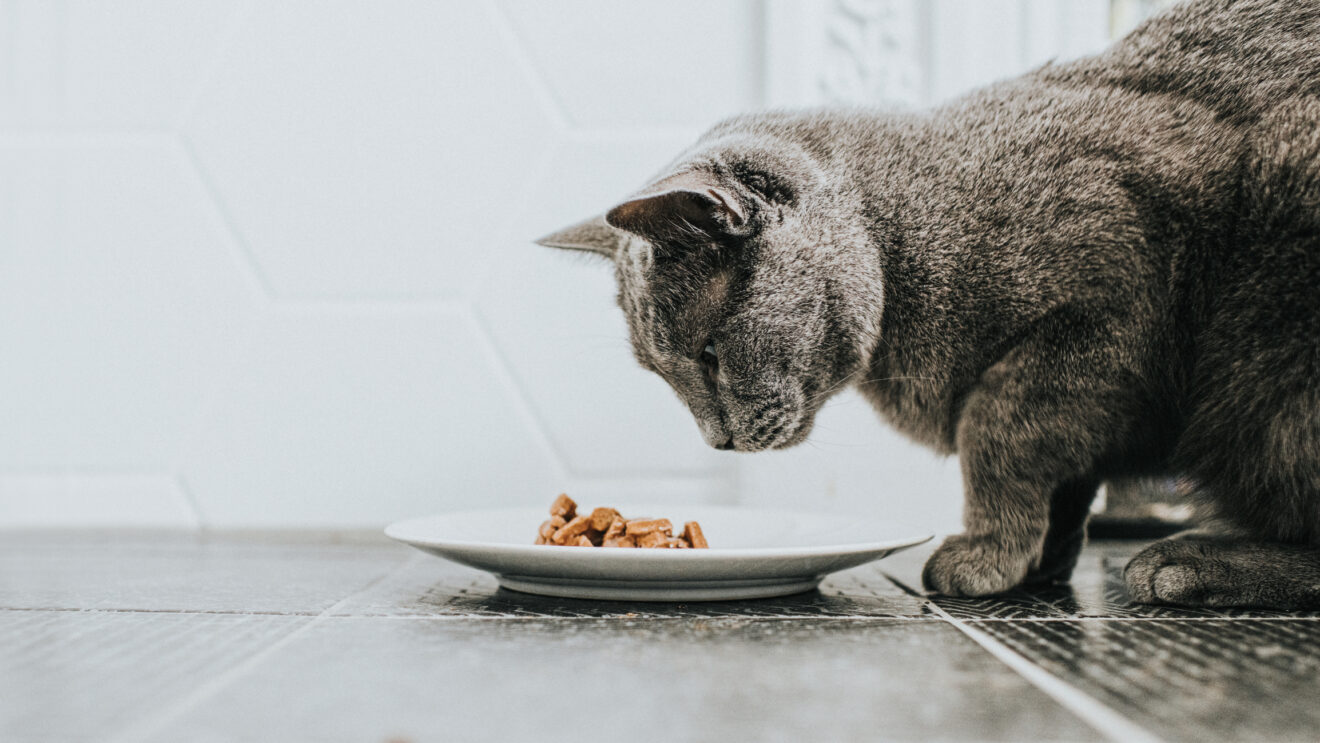In the world of pet care, a quiet revolution is taking place in the pet food industry. For years, pet owners have been navigating the aisles, seeking the perfect balance between quality, clean-label ingredients and nutrition for their furry companions. Recently, a shift has become evident – a return to the value that goes beyond just the price tag.
The value of value
Pet food sales have been rising, reaching a four-year high of $49 billion for the 52 weeks ending April 29, 2023, according to NielsenIQ. While the numbers can give the image that people are spending more on pet food, another part of the equation includes the fact that more people became pet parents over the course of the pandemic. Add to that the fact that the inflation rate for pet food was about 6.5% from October 2022 to October 2023, according to the US Bureau of Labor Statistics, and the bigger picture tells the story that some pet owners are increasingly looking for value when it comes to pet food purchases.
In fact, in the past 12 months, 32% of surveyed dog owners and 28% of cat owners traded down to lower-priced options, according to Packaged Facts’ Pet Food in the US, 17th Edition 2023 report.
“As inflation decelerates, the slowing of value sales growth will no longer hide low or declining rates of volumetric consumption,” writes Lauren Fernandes, global director of thought leadership, NIQ, in her summary of NielsenIQ’s Consumer Outlook 2024 report.
Now, retailers and consumer packaged goods manufacturers need to “recognize that there are now hybrid views on the concept of ‘value,’” Fernandes writes. “Financial polarization between affluent and vulnerable consumers is driving an expanded search for value options, blending quality and affordability uniquely. Anticipate demand for a new echelon of affordable product assortment in 2024 (and beyond).”
Beyond price: Transparency, quality and sustainability
Consumers, armed with more information than ever about the nutritional needs of their pets, are turning their attention to labels. Clean, transparent and recognizable ingredients have become a new currency in the value equation within the pet food market. The era of scrutinizing lengthy ingredient lists with mysterious names is giving way to a desire for simplicity.
“Transparency and a captivating narrative detailing the company’s products and objectives, including ingredient selection process, stance on sustainability, and commitment to pet well-being” are what will set one pet food brand apart from another from a consumer’s perspective, says Allison Albert Ward, CEO of Pet Krewe, Inc. & Subsidiaries.
Sourcing high-quality ingredients that offer nutritional value for pets remains a priority for Pet Krewe, as does remaining transparent with consumers about its production process, which it communicates through labels showcasing nutritional information, certifications and quality seals.
To navigate the balance between affordability and maintaining high standards, Pet Krewe has a three-pronged approach to create pet food products that meet the needs of both budget-conscious consumers and those seeking quality nutrition for their pets, Ward says.
“While premium ingredients may come with a higher price tag, we work to establish long-term relationships with suppliers to negotiate favorable pricing without compromising quality,” Ward says, adding that they make efforts to “eliminate certain traditional ingredients [such as] color additives to make a cleaner and more robust value label.”
Pet Krewe also focuses on streamlining operations to minimize waste and optimize resources, which also helps keeps costs down “while ensuring that the quality of our products remains consistent,” Ward explains. “As our company grows and production volumes increase, we have benefited from costing breaks with volume. We pass these to our buyers to leverage a high-quality product in a value market.
Recognizing the shift in consumer preferences, manufacturers are reevaluating their product offerings. It’s not just about delivering on the promise of nutrition; it’s about doing so with integrity. Value, once synonymous with low prices, is now nuanced, and fueled by a renewed emphasis on value that transcends mere cost, the pet food aisle may begin to look different this year.
Related stories:
- How grocery stores are expanding from food retailers to one-stop shopping destinations
- Q&A: How the grocery store is evolving to meet consumer health needs
- Value and AI among top 2024 food trends predictions
_____________________________________
If you liked this article, sign up to receive one of SmartBrief’s Food & Beverage newsletters. They are among SmartBrief’s more than 250 industry-focused newsletters.
